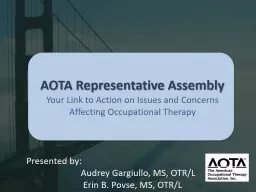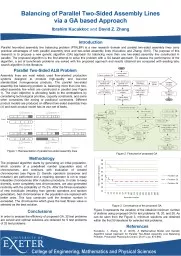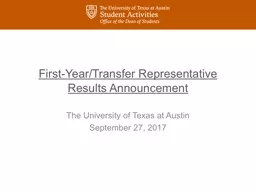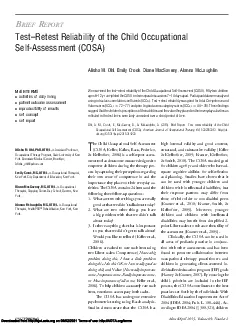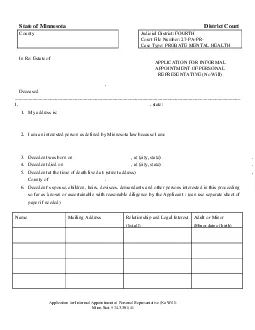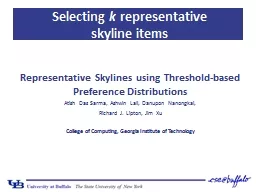PPT-AOTA Representative Assembly
Author : alone2cute | Published Date : 2020-10-22
Presented by Audrey Gargiullo MS OTRL Erin B Povse MS OTRL Your Link to Action on Issues and Concerns Affecting Occupational Therapy Learning Objectives
Presentation Embed Code
Download Presentation
Download Presentation The PPT/PDF document "AOTA Representative Assembly" is the property of its rightful owner. Permission is granted to download and print the materials on this website for personal, non-commercial use only, and to display it on your personal computer provided you do not modify the materials and that you retain all copyright notices contained in the materials. By downloading content from our website, you accept the terms of this agreement.
AOTA Representative Assembly: Transcript
Download Rules Of Document
"AOTA Representative Assembly"The content belongs to its owner. You may download and print it for personal use, without modification, and keep all copyright notices. By downloading, you agree to these terms.
Related Documents

